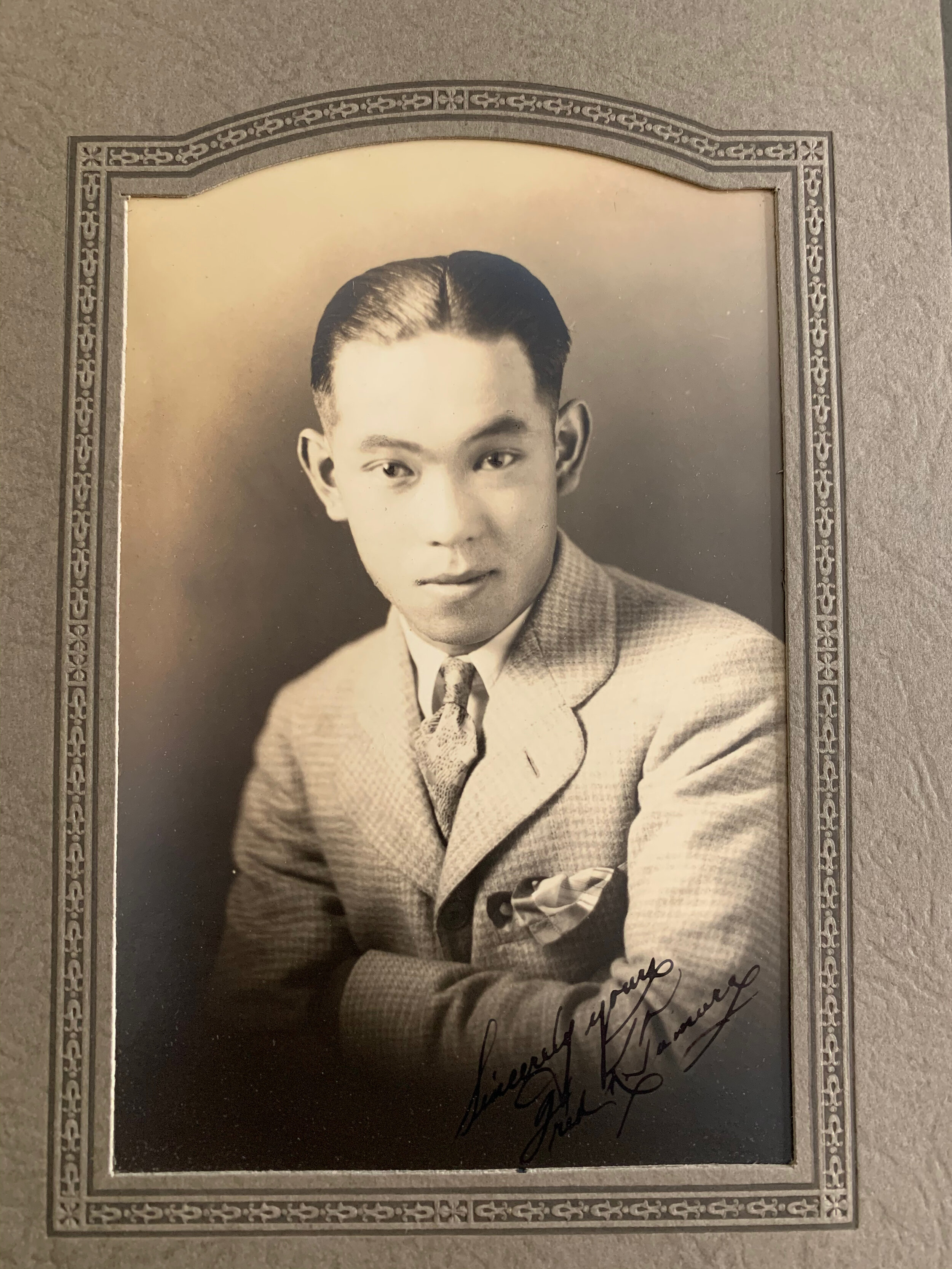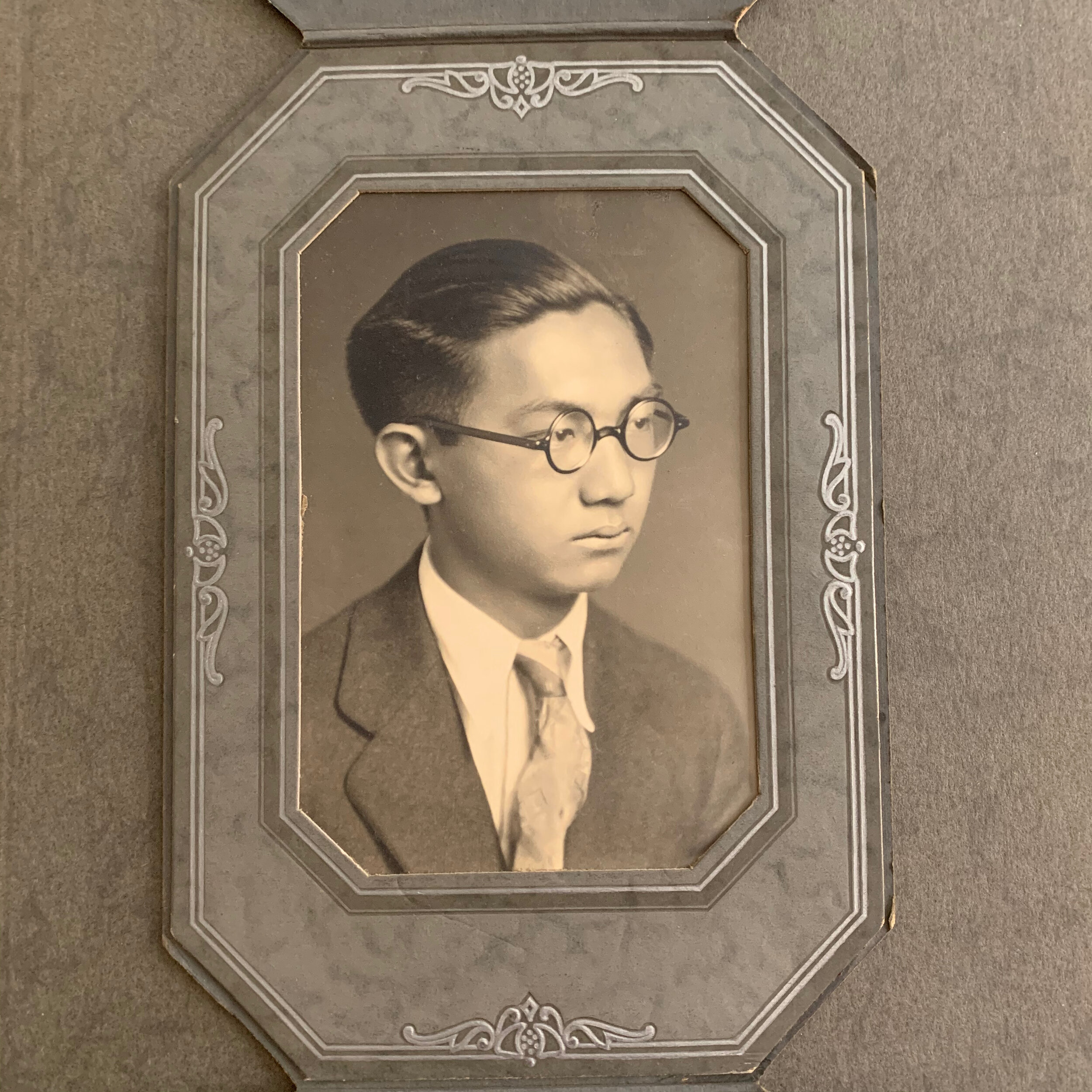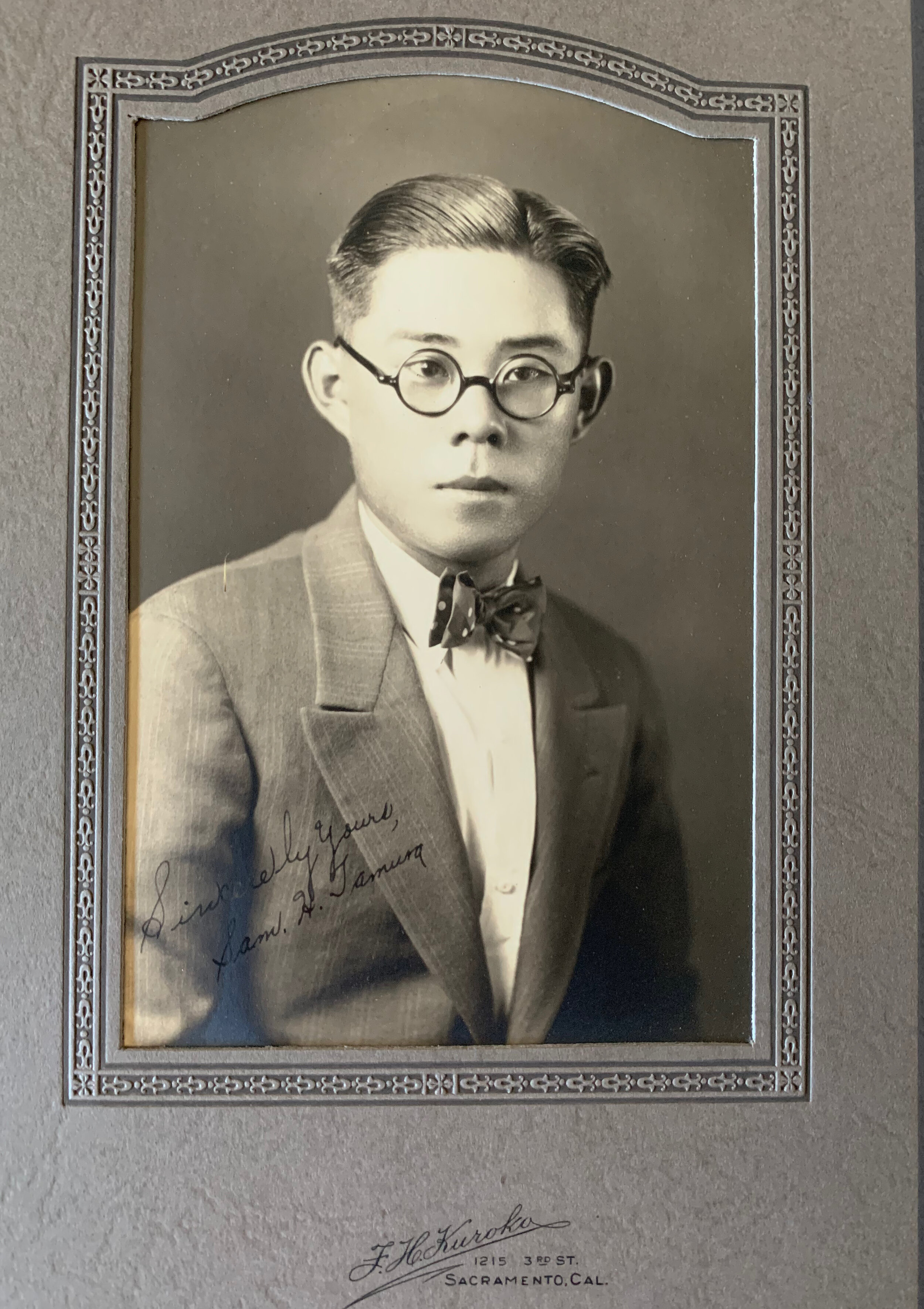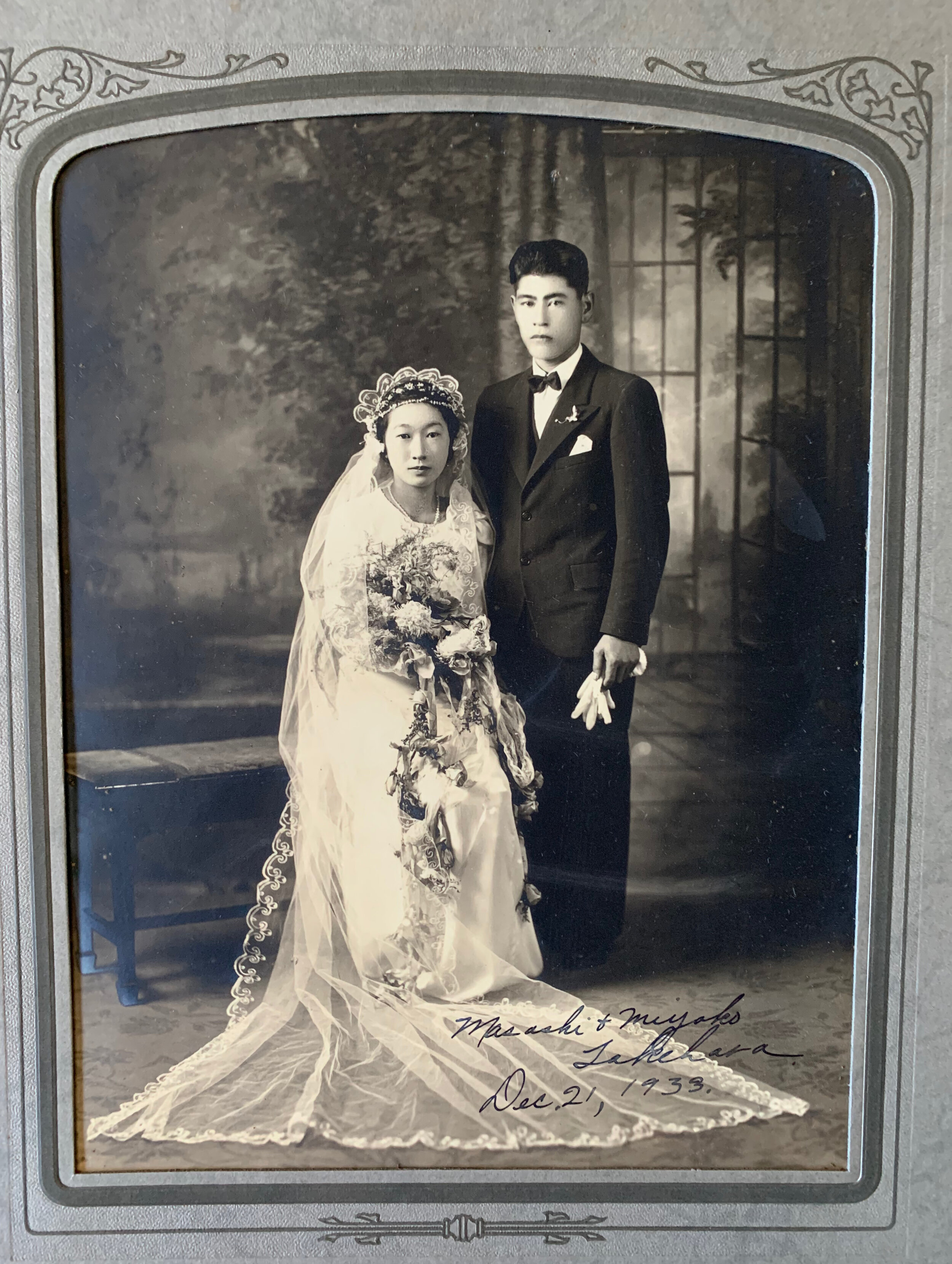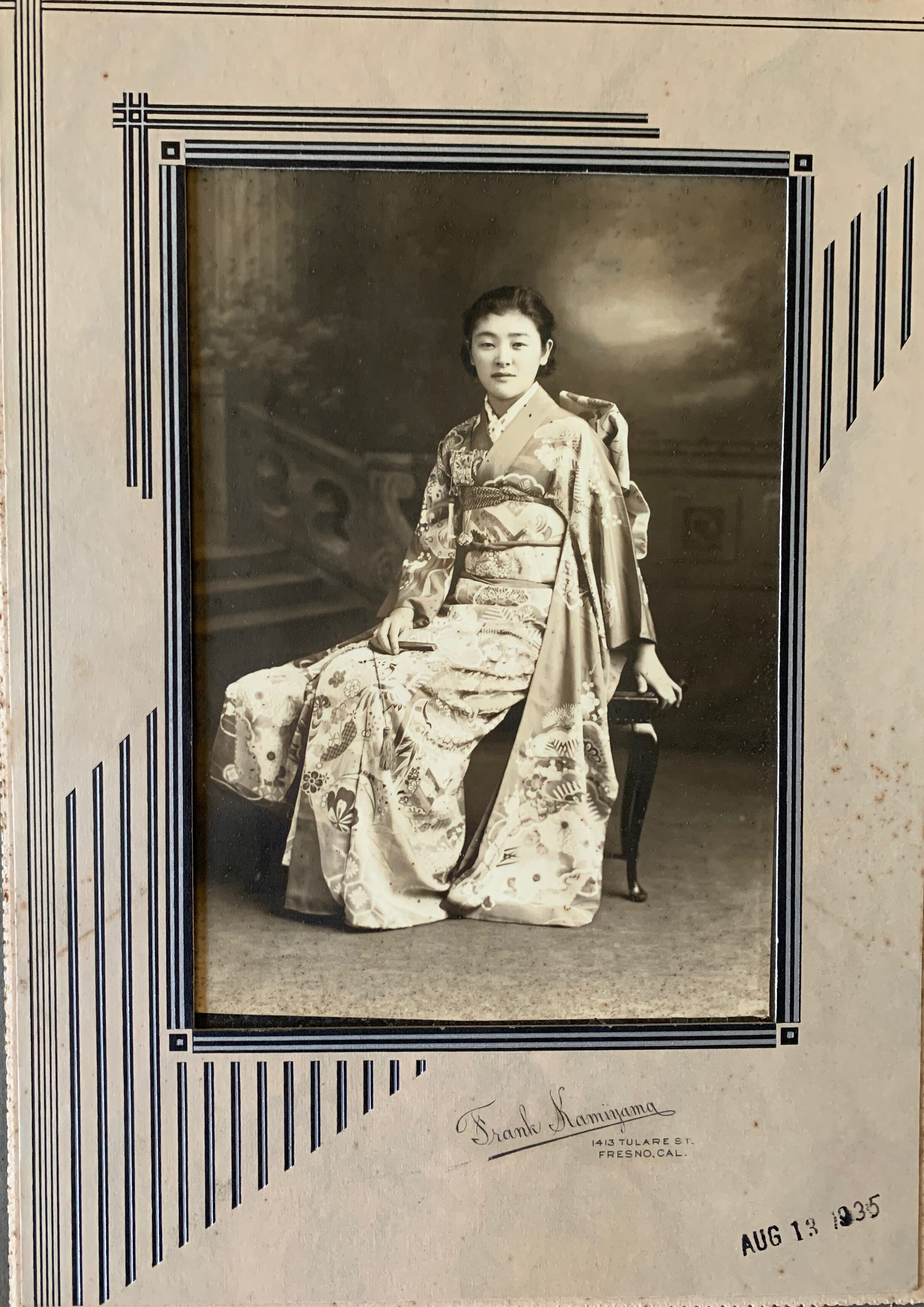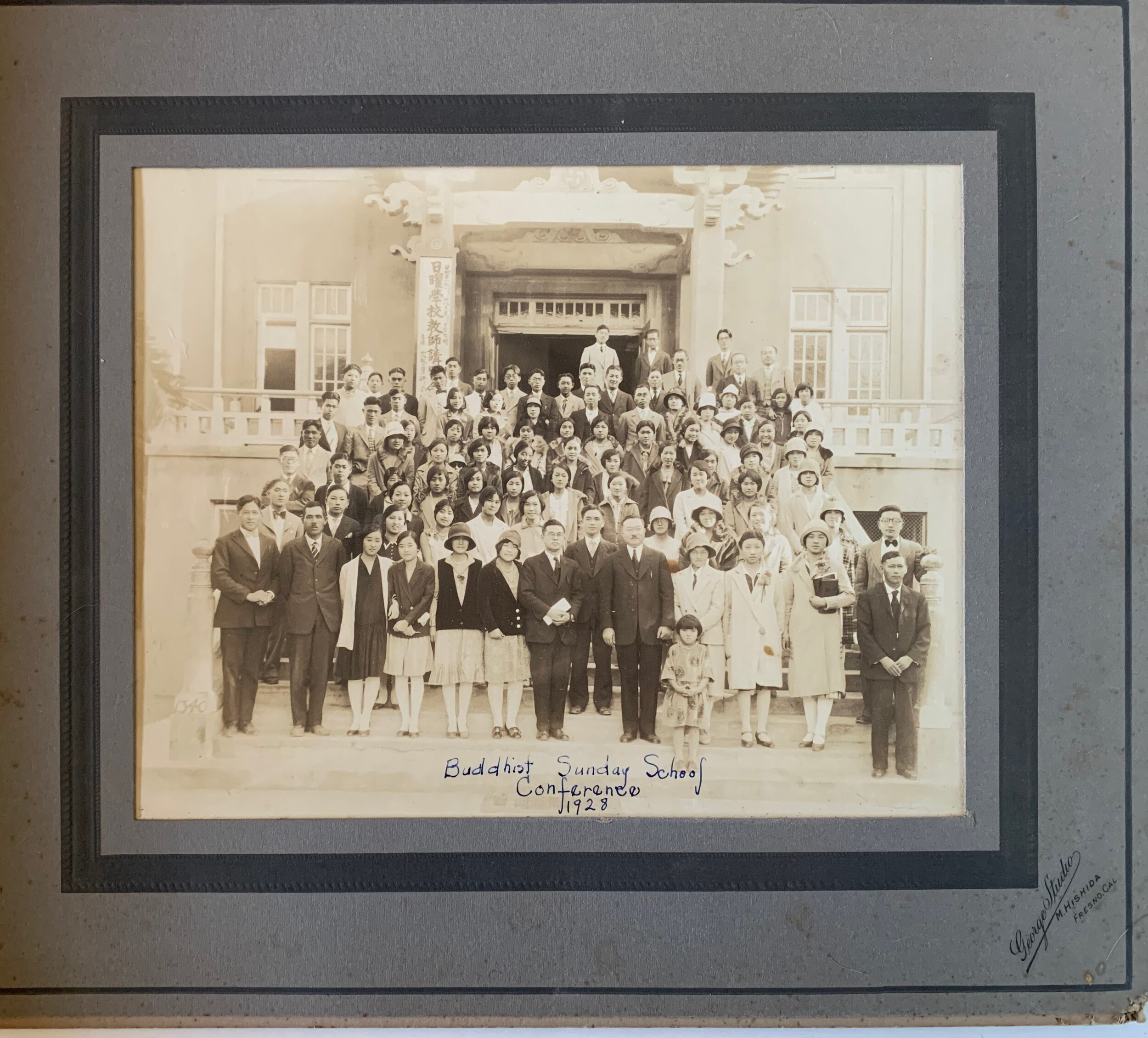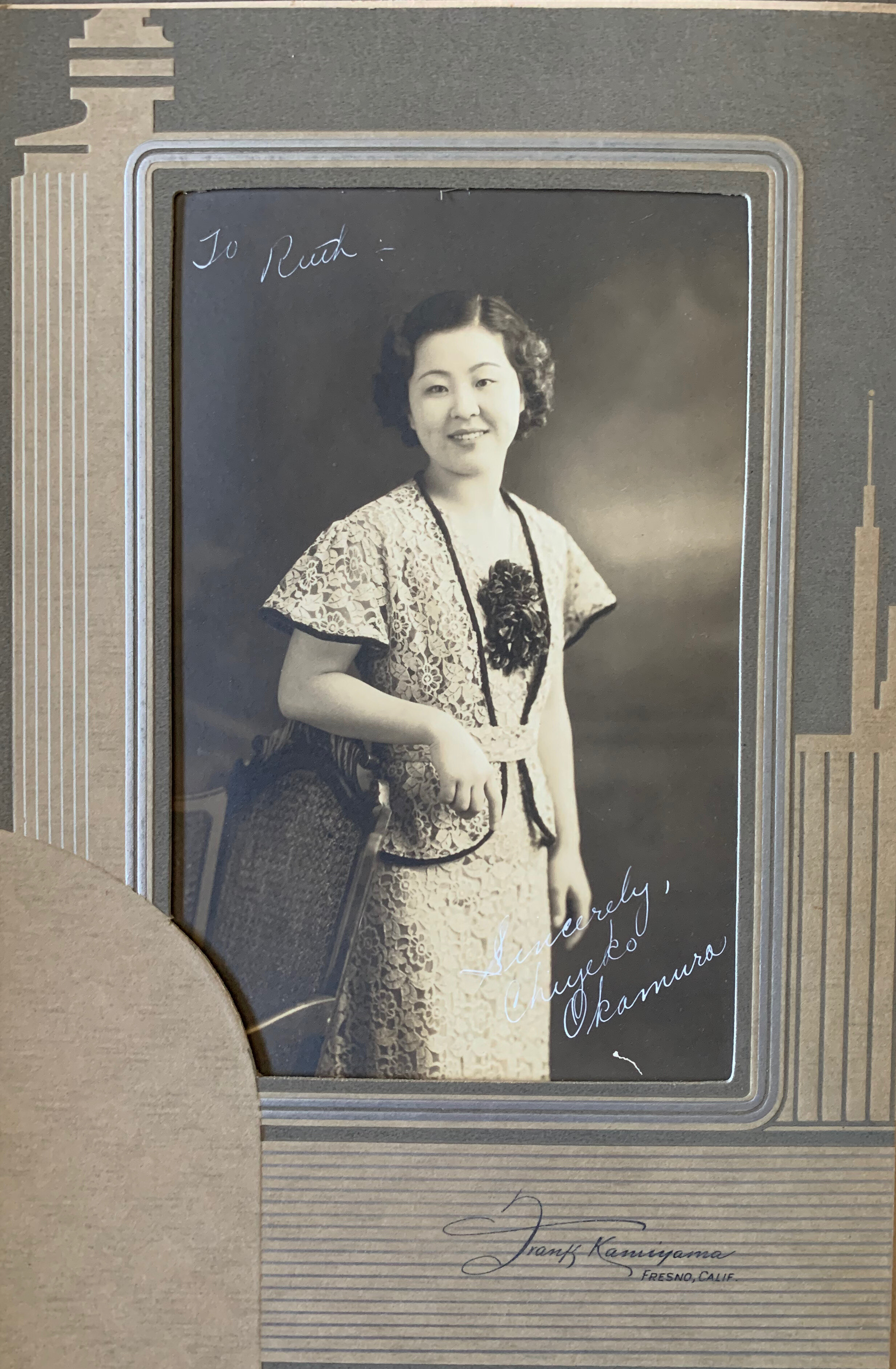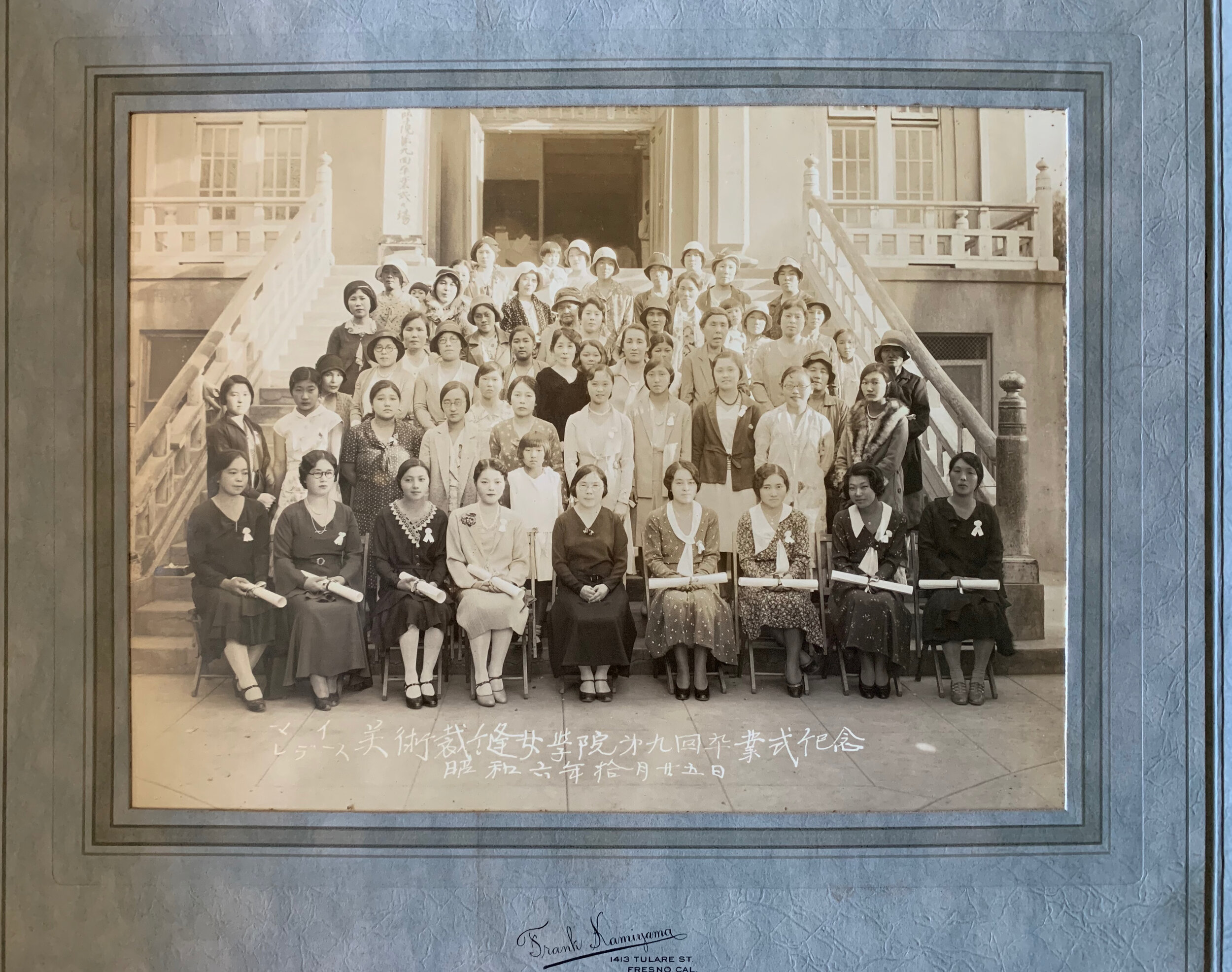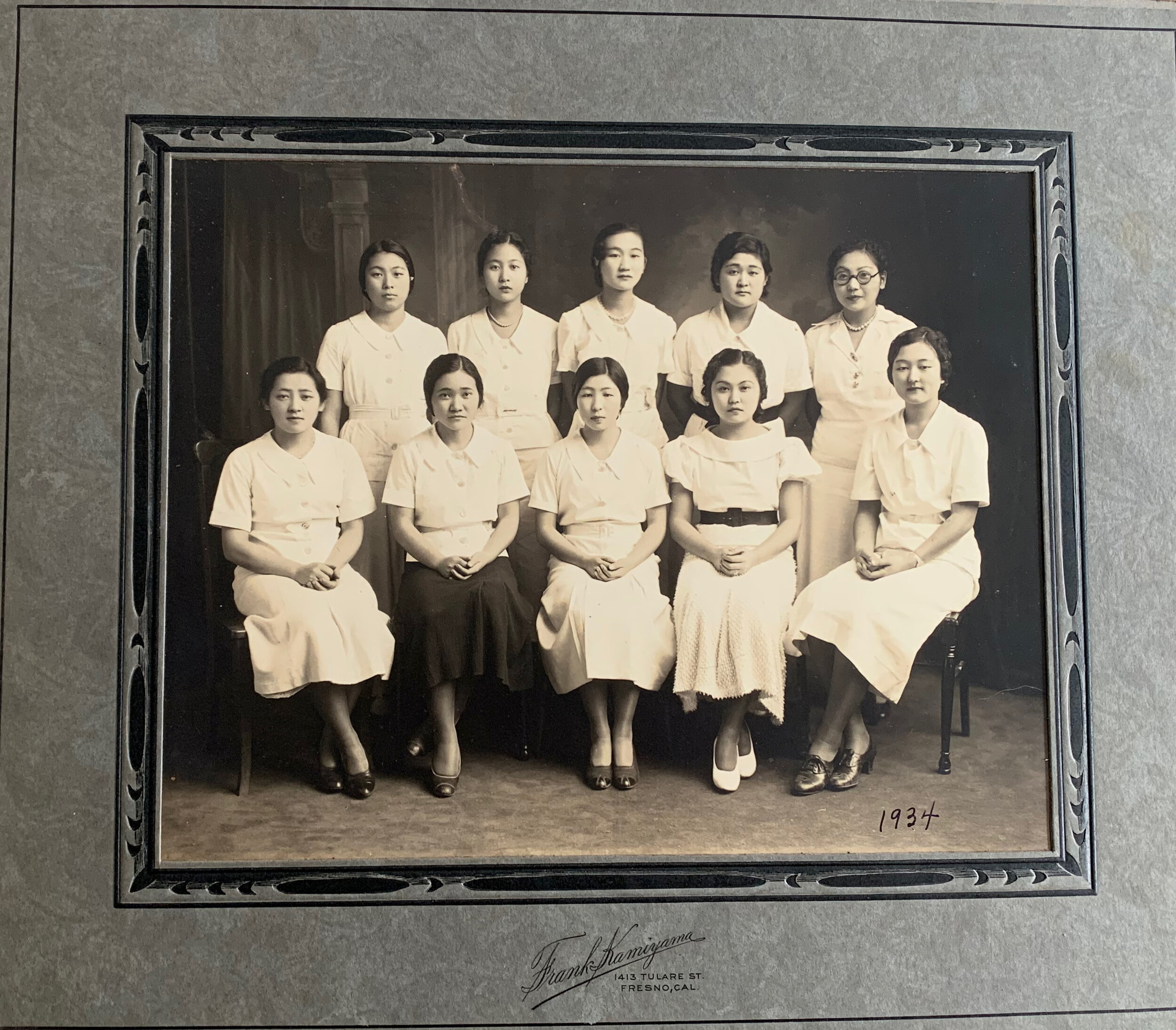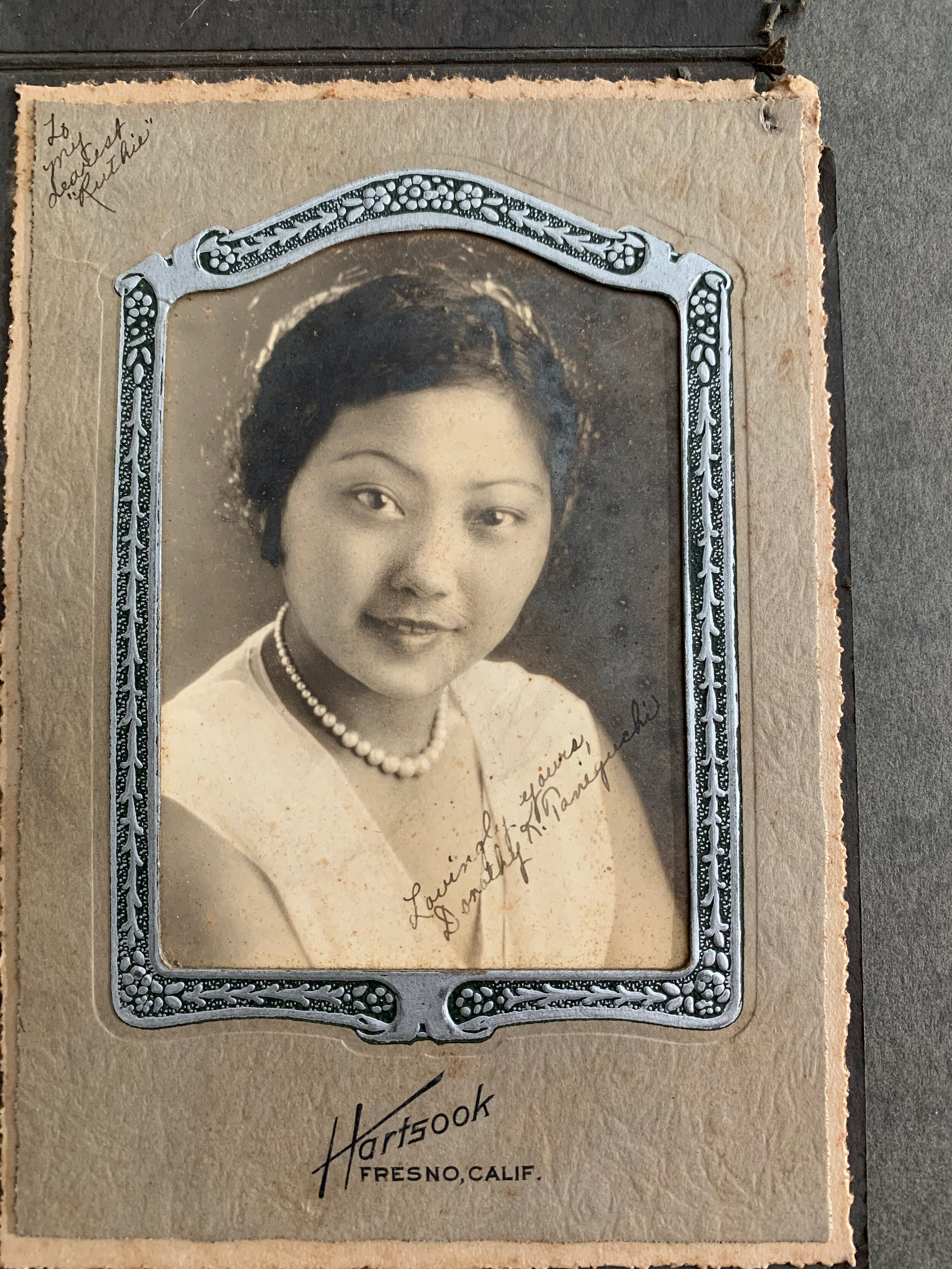
The Japanese-American Photo Project
A large box of photographs of the Fresno Japanese-American community from the 1920’s - 1940s was donated to Chinatown Revitalization Inc. Most of the photographs did not have any details such as names or dates to identify who was in the pictures. Some have a label indicating that they were shot or developed at Frank Kamiyama’s studio on 1413 Tulare Street in Fresno, CA. Many people in the photographs lived throughout the Central Valley. These are historic photographs depicting weddings, military ceremonies, graduations, theater productions, and the everyday lives of Japanese-Americans during that period.
In the Fall of 2016, I assigned a class of undergraduate students in the social work program at Fresno State a community project with the goal of organizing an event for the general public to view the photographs in an effort to help identify the people in them. It was held at the Fresno Buddhist Temple - Family Dharma Center on November 6, 2016. The event received a positive response from the Japanese-American community and over 200 people attended the exhibitions. Below are a sample of photographs from Stockton, California donated to the project by a community member.
Social work is learning about local history
The Japanese-American Photo Project was created by a macro practice social work course. Students learned about the local historical context of immigration and diversity, specifically about the Japanese-American community in Central California. Students also learned about the long-term traumatic impact of the unjust World War 2 internment of Japanese-Americans.
See Dr. Yoosun Park’s book, Facilitating Injustice: The Complicity of Social Workers in the Forced Removal and Incarceration of Japanese Americans, 1941-1946 to learn more about the role of social work in this grave injustice.
To learn more about the Yonsei Memory Project click here.
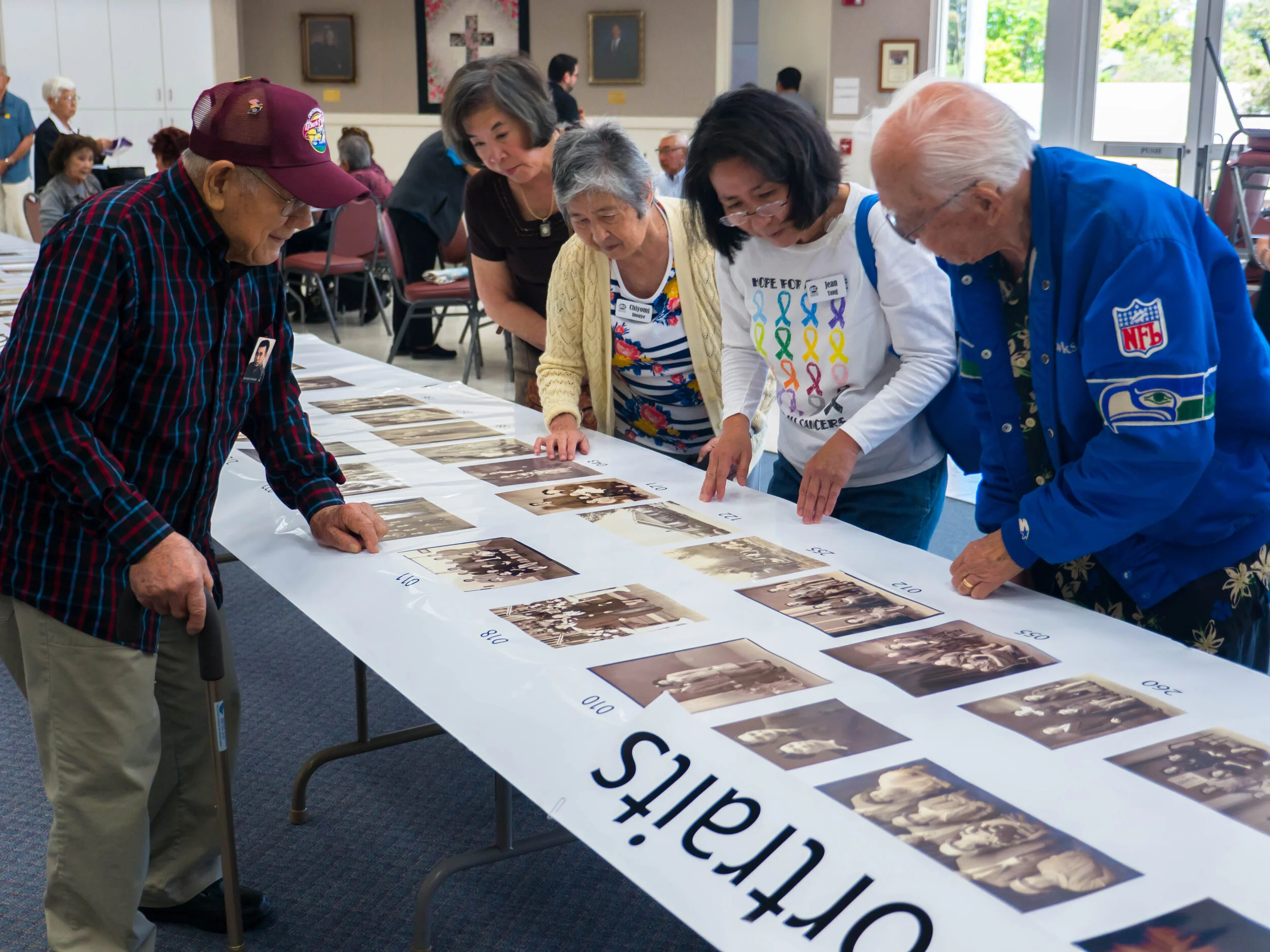
Japanese-Americans in Central California
Japanese-Americans arrived in Central California between 1880-1924. They made important contributions to the development of agriculture in the San Joaquin Valley, establishing it as the leading producer of fruit and vegetables for the United States.
